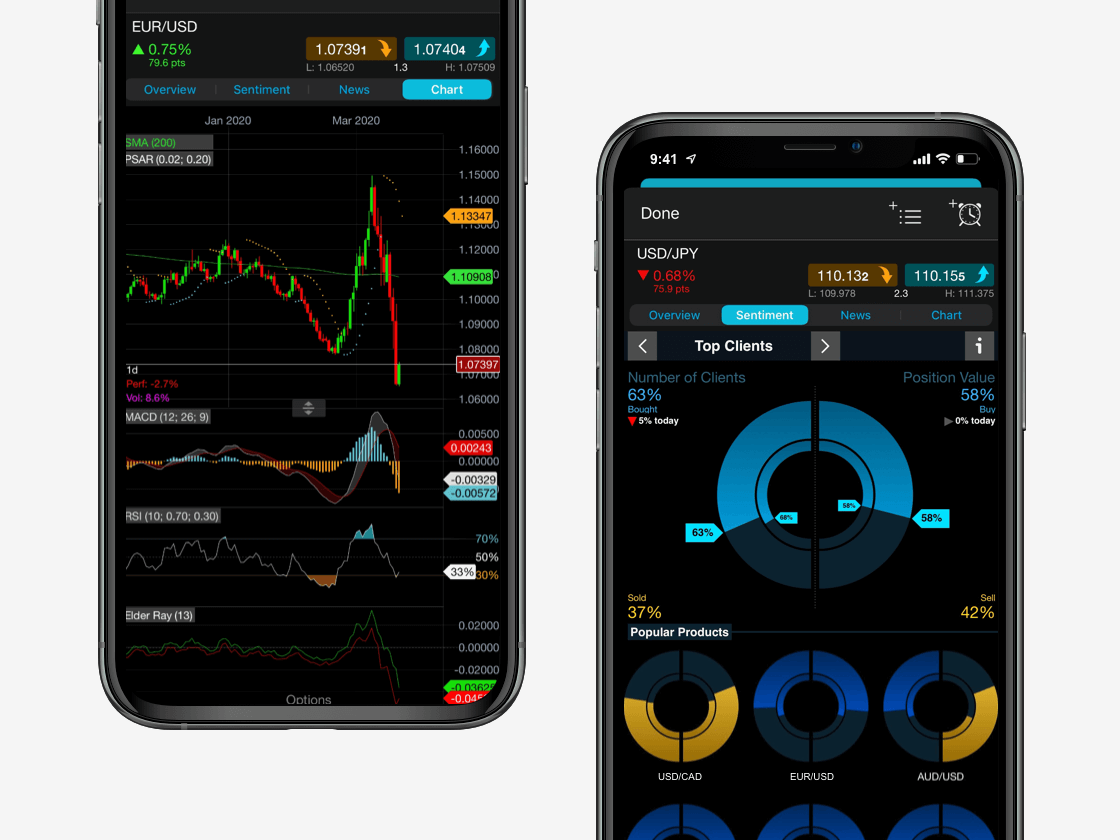Macroeconomic indicators help traders to understand what is happening within the markets and the economy of their country. They are essentially a form of fundamental analysis, which aims to assess the intrinsic value of a financial instrument that they are looking to trade. The price of this instrument can change based on corporate activity and governmental changes. It is important to analyse changes and trends within the markets to keep on top of your positions. Traders can use these economic indicators to their advantage and build an effective event-driven investing strategy.
Watch the video below to get started.




















